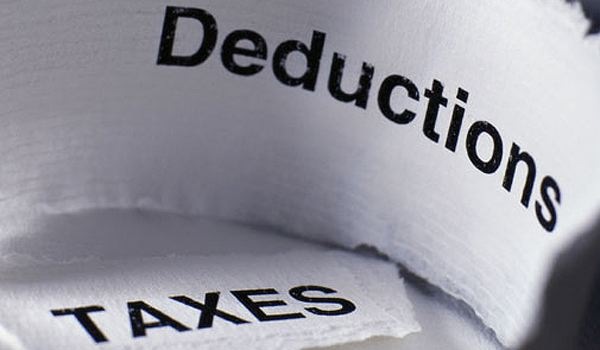Income Tax
The Easiest Way to Lower Income Tax Liability
With income tax planning now on the minds of many taxpayers and tax professionals, our year-end tax planning series looks at several methods to lower tax liability in the current year.
Oct. 04, 2015

(This is part of our series of “sweet 16” year-end tax planning ideas.)
There’s a sure-fire way your clients can cut their individual tax bills at the end of 2015. By giving a gift to a qualified charitable organization, whether it’s a donation of cash or property, you may claim a charitable deduction for your generosity, as long as certain requirements are met. In fact, you can wait until the very last day of the year – December 31, 2015 – and still squeeze it in under the wire.
Generally, you can deduct the full amount of your charitable contributions on your tax return, up to the stated limit of 50% of your adjusted gross income (AGI), while gifts of property are limited to 30% of AGI. Any excess may be carried over for up to five years. In other words, a client may benefit in 2015 from a donation made in prior year.
If you’re giving a monetary donation, you can deduct the amount of your cash or check or credit card charge. For donations of property, the deductible amount is generally equal to the property’s fair market value (FMV) if you’ve owned it longer than a year, even if the property has substantially appreciated in value. Otherwise, the deduction is limited to your cost of the property.
However, the tax law imposes strict record keeping rules in this area. Notably, to deduct a charitable contribution of $250 or more, a taxpayer must obtain a written acknowledgment from the charity, including the amount of the donation, a description of any non-cash property that was contributed and the value of any goods or services provided. Clients must obtain these acknowledgements by the earlier of the date the tax return is filed or its due date (plus any extensions).
For contributions of more than $75 where a benefit is received in exchange for a contribution, the charity must provide a good faith estimate of the goods or services received and the amount of payment exceeding the value of the benefit. The deductible amount is limited to the difference between the payment and the FMV of the benefit.
Other special rules apply to charitable contributions of property. For instance, you’re required to provide additional tax return information for non-cash contributions exceeding $500. Furthermore, for property valued above $5,000, the taxpayer must obtain an independent appraisal of the property’s FMV. Tax bonus: The cost of the appraisal is treated as a miscellaneous expense and is tax-deductible itself (subject to the usual 2%-of-AGI threshold for miscellaneous expenses).
In addition, notify high-income clients that certain itemized deductions, including write-offs for charitable contributions, may be reduced under the Pease rule. The reduction in 2015 begins at $258,250 of AGI for single filers and $309,900 for joint filers.
Finally, keep this last-minute tax arrow in your quiver as the year winds down: A donation made in 2015 is deductible in 2015. Therefore, if a client charges an online donation before the clock strikes twelve on New Year’s Eve, he or she can still deduct the contribution in 2015 – even if it’s not technically paid to the credit card issuer until 2016.
————-
See more year-end tax planning tips at: www.cpapracticeadvisor.com/12116385.
